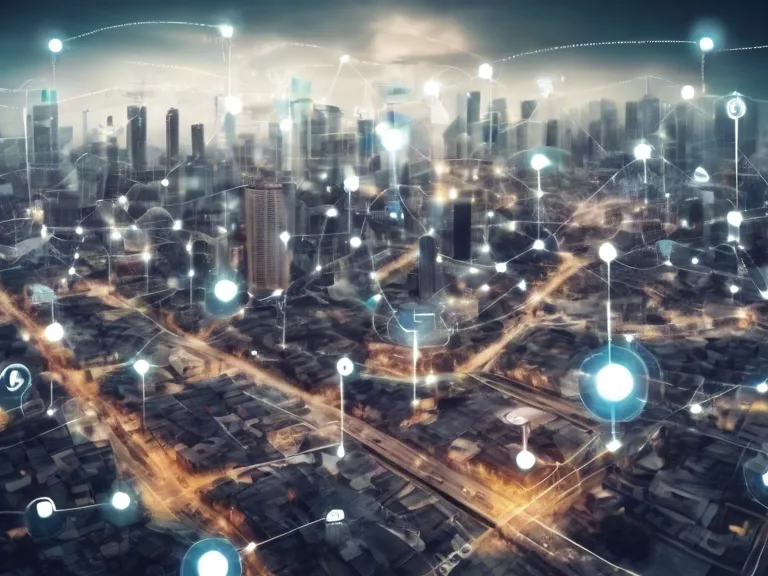
The use of Internet of Things (IoT) technology in agriculture has proven to be beneficial in preventing crop losses due to natural disasters. By utilizing IoT devices such as sensors and drones, farmers can monitor their crops in real-time and receive alerts in case of any impending disasters like floods, droughts, or pest infestations. This proactive approach helps farmers take timely actions to mitigate the impact of these disasters and protect their crops. In this article, we will explore how IoT is revolutionizing agriculture and helping farmers prevent crop losses.
One of the key ways IoT is helping prevent crop losses is through the use of sensors. These sensors can be placed in the soil to monitor moisture levels, in the air to track temperature and humidity, and even on crops themselves to monitor growth. By collecting this data in real-time and analyzing it using IoT platforms, farmers can gain valuable insights into the health of their crops and take necessary actions to prevent losses. For example, if the soil moisture level is too low, farmers can remotely trigger irrigation systems to water their crops.
Drones are another IoT technology that is proving to be invaluable in agriculture. Drones equipped with cameras and sensors can fly over fields and gather high-resolution images of crops. This data can be analyzed to detect early signs of diseases, pest infestations, or nutrient deficiencies. By identifying these issues early on, farmers can take targeted actions to protect their crops and prevent losses.
IoT platforms also allow farmers to automate various tasks on the farm, such as monitoring equipment, controlling irrigation systems, and even predicting crop yields. By integrating these systems with weather forecasts and other external data sources, farmers can make informed decisions to prevent losses due to natural disasters. Additionally, IoT can help farmers reduce water usage, optimize fertilization, and improve overall crop quality.
In conclusion, IoT technology is revolutionizing agriculture by helping farmers prevent crop losses due to natural disasters. By leveraging sensors, drones, and IoT platforms, farmers can monitor their crops in real-time, analyze data, and take proactive actions to protect their crops. As the impact of climate change continues to pose challenges for farmers, IoT in agriculture will play an increasingly important role in ensuring food security and sustainability.



